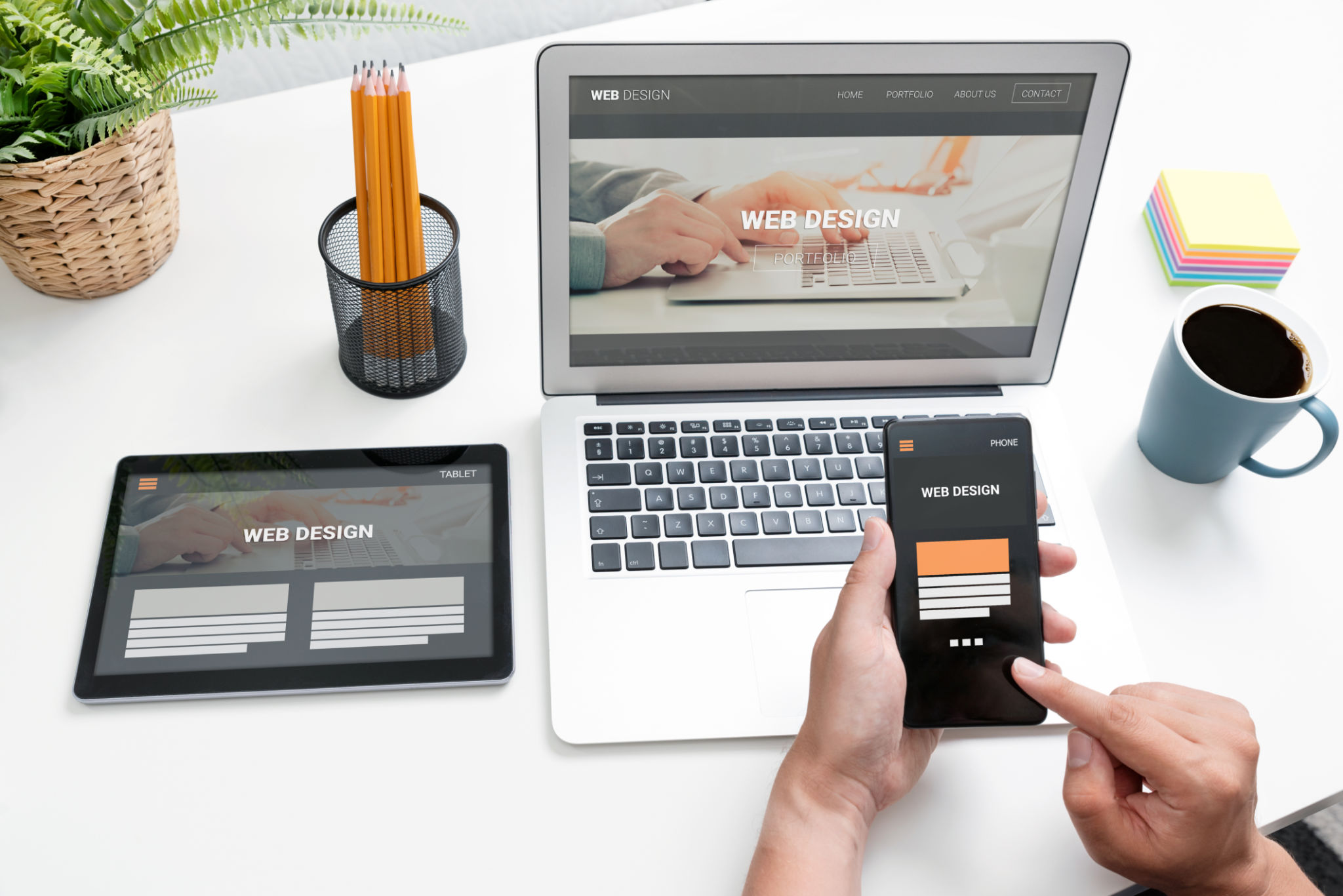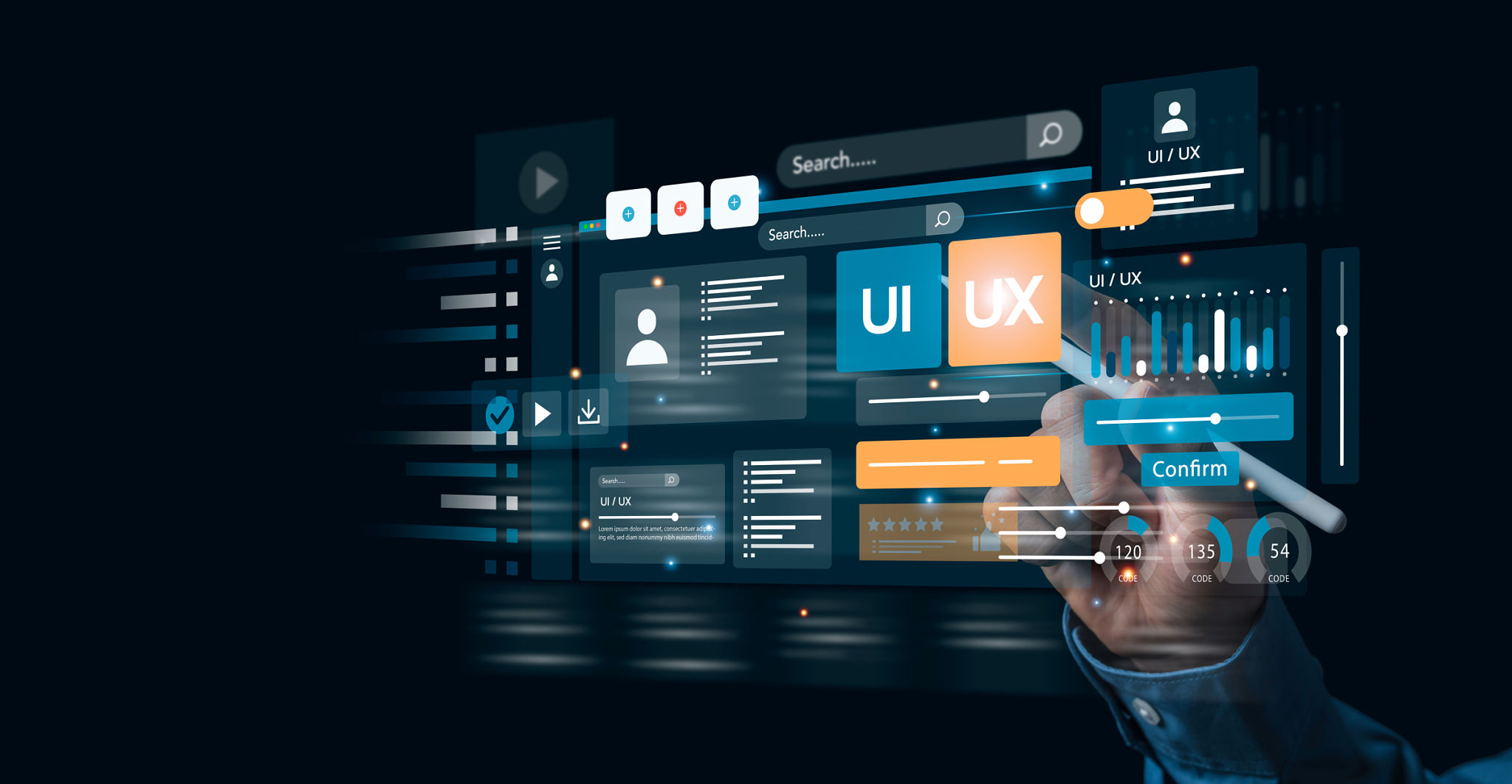Essential Web Design Trends to Elevate Your Business
Understanding the Impact of Web Design Trends
In today's digital landscape, having a well-designed website is crucial for business success. Web design trends evolve rapidly, and staying updated can help your business stand out in a crowded online marketplace. Implementing the latest trends not only enhances user experience but also reflects your brand's commitment to innovation.
Modern web design is no longer just about aesthetics; it's about creating an engaging and efficient user journey. By incorporating the latest design elements, businesses can improve their online presence and drive more conversions.

Minimalism with Purpose
One of the most enduring trends in web design is minimalism. This approach focuses on simplicity and functionality, stripping away unnecessary elements to emphasize content. A minimalist design helps users navigate your site more easily, reducing clutter and distractions.
Adopting a minimalist design doesn't mean your site has to be boring. By using bold typography, strategic color schemes, and ample white space, you can create a visually appealing site that directs attention to key information.
The Role of White Space
White space, or negative space, is a vital component of minimalist web design. It improves readability and allows users to focus on important elements. White space can enhance the overall aesthetic of a website, making it feel more open and inviting.

Responsive Design and Mobile Optimization
With the increasing use of mobile devices, having a responsive design is crucial. Responsive web design ensures that your site looks and functions well on all screen sizes, from desktops to smartphones. A responsive site improves user experience and can positively impact your search engine rankings.
Mobile optimization goes hand-in-hand with responsive design. By optimizing images, fonts, and loading times for mobile users, you can enhance their experience and keep them engaged longer.
Accelerated Mobile Pages (AMP)
To further improve mobile performance, consider implementing Accelerated Mobile Pages (AMP). This technology creates lightweight pages that load almost instantly on mobile devices. Faster load times can reduce bounce rates and increase user engagement.

Incorporating Interactive Elements
Interactive elements are becoming increasingly popular in web design. These features engage users, encouraging them to spend more time on your site. Interactive elements can include anything from animated graphics to quizzes and polls.
When used appropriately, interactive elements can enhance the user experience by providing dynamic content that responds to user actions. However, it's important to ensure these features don't overwhelm or distract from your site's primary goals.
Micro-Interactions
Micro-interactions are subtle animations that provide feedback to users as they interact with your site. These can include hover effects, button animations, or loading indicators. Micro-interactions create a more engaging experience by making your site feel more responsive and intuitive.

The Rise of Artificial Intelligence in Web Design
Artificial intelligence (AI) is making its mark on web design, offering new ways to personalize user experiences. AI-driven tools can analyze user behavior and tailor content to meet individual preferences. This level of personalization can significantly improve engagement and conversion rates.
From chatbots offering customer support to AI-powered design assistants that suggest layout improvements, integrating AI into your web design strategy can streamline operations and enhance user satisfaction.
Voice User Interface (VUI)
As voice search becomes more prevalent, designing for voice user interfaces is gaining importance. VUI allows users to interact with your site through voice commands, offering a hands-free browsing experience. Incorporating VUI can make your site more accessible and convenient for users.
